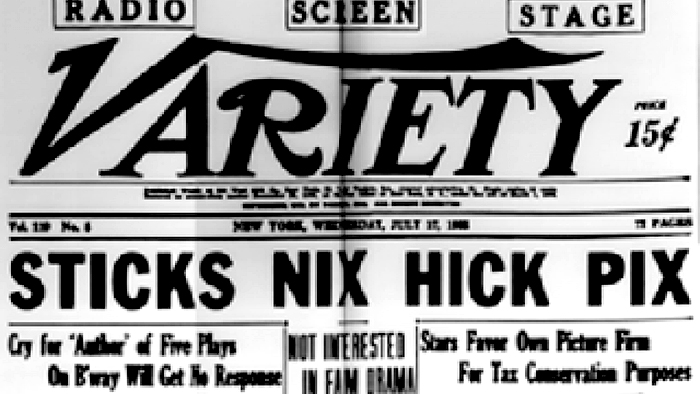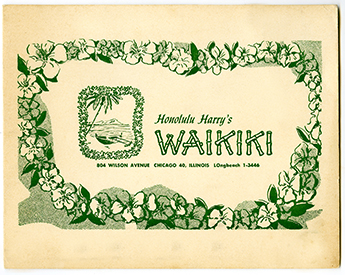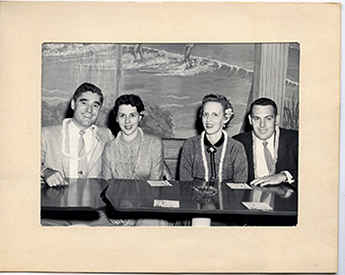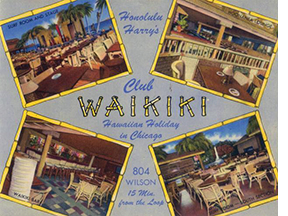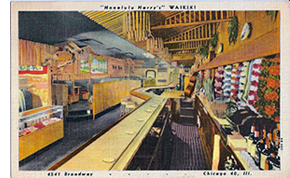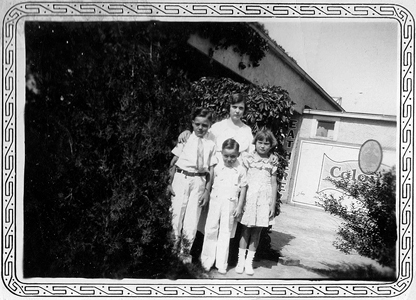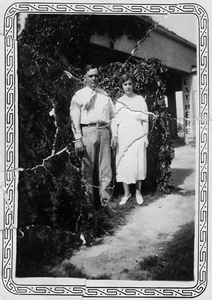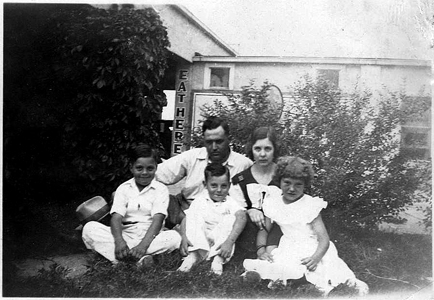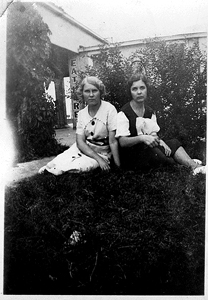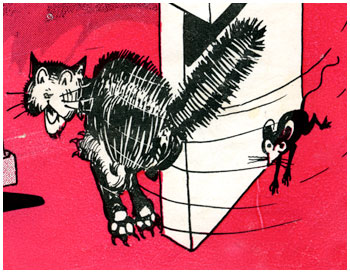We don’t view the Cladrite Era as the good ol’ days in the sense that we’re convinced life was better then than now. Different, sure, and it’s those differences that fascinate us. But better? In some ways, yes, but worse in others. We figure things tend to balance out over time. Every era has its highlights and low points.
But we do mourn the passing of certain practices and traditions, and high on that list is the telegram.
Truth be told, we’d give our eye teeth to be able to observe special occasions by sending telegrams. Sure, sure, email’s great, and Facebook, texting and Tweeting all have their place, but none possess the charm or carry the weight of a telegram. And while Christmas cards are a delight to send and receive, imagine sending Christmas telegrams!
We, alas, have never received a telegram, and we’ve sent only one, in 1984 (it never arrived, and to this day, we have no idea whether we were charged for it). But we perk right up any time we see a telegraph office or a telegram delivery depicted in an old movie. The practice and process of sending telegrams continues to fascinate us.
So we were very pleased to come across this promotional pamphlet for Postal Telegraph, Commercial Cables, and All-America Cables (were they all owned by the same concern? We assume so, but we don’t really know. If there are any telegraph experts reading this, by all means, please clue us in).
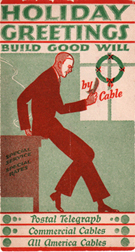 Hi-res view |
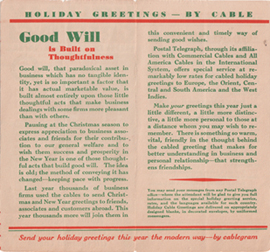 Hi-res view |
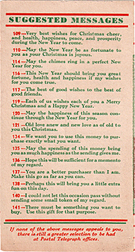 Hi-res view |
We like that telegrams are pitched in the pamphlet’s copy as the “modern way” to send holiday greetings, as the “convenient and timely way of sending good wishes.”
And we love the list of suggested messages on the back. We’d heard that one could order a pre-written telegram by the number, like an item on a menu at a Chinese restaurant, but we’d never seen a list of pre-composed messages and their accompanying numbers. Clearly one would hope to receive a telegram bearing one of the messages numbered from 134-141, since they were all intended to accompanied by wired money. Happy holidays, indeed!
This post was originally published in slightly different form on 12/15/2011.

